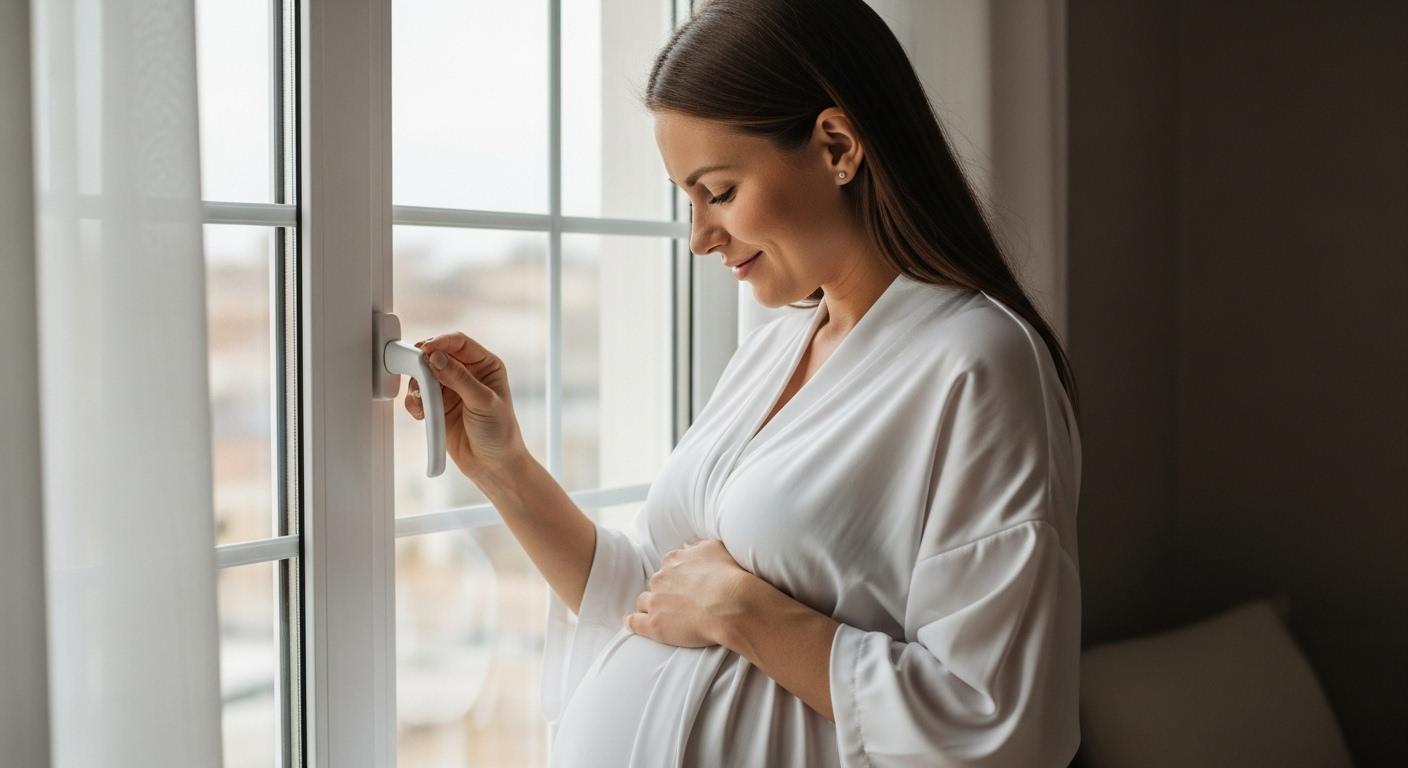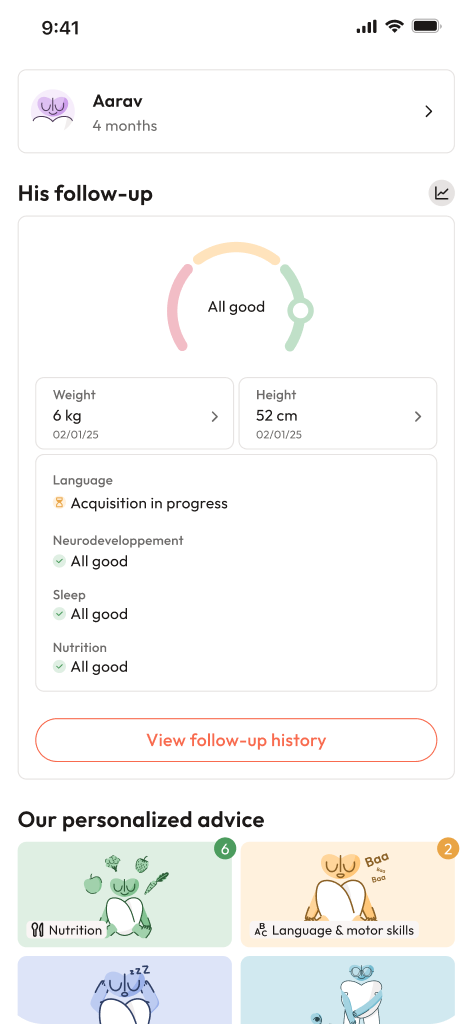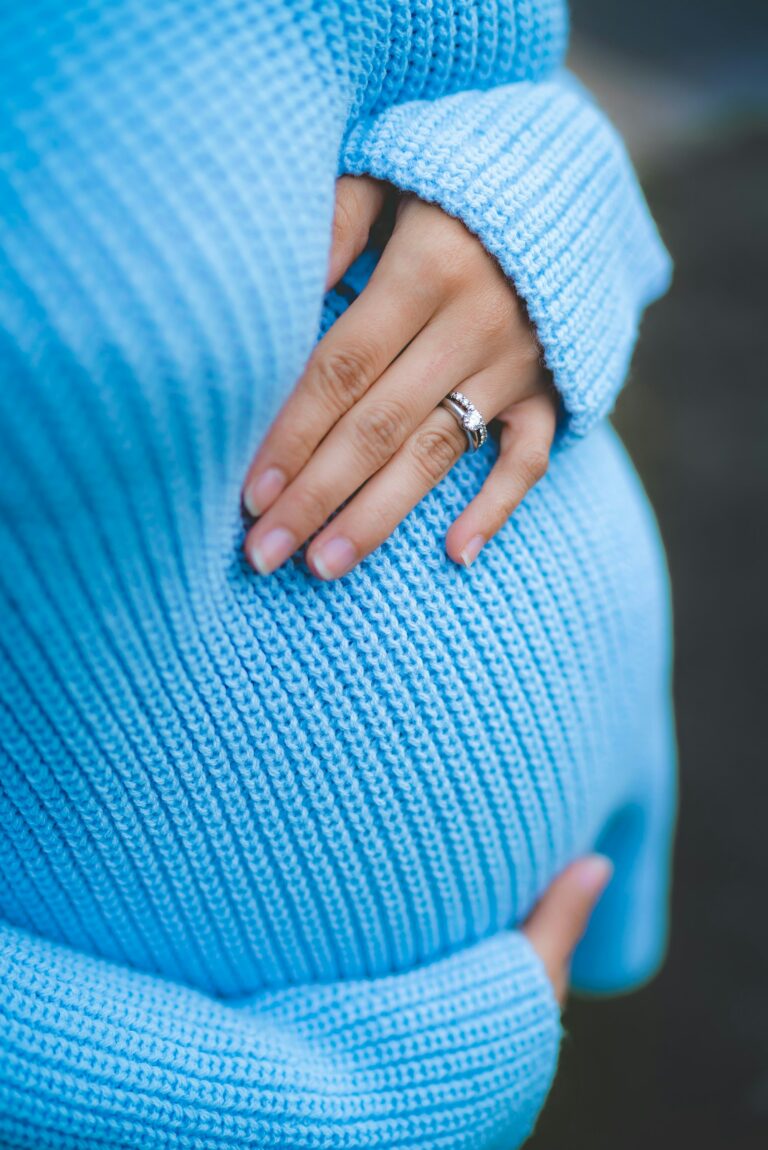Sensation both strange and wonderful — is that flutter a tiny foot or simply a shift in your body? For many parents, baby kicks raise as many questions as they answer. You might wonder if that ripple under your palm signals your baby is thriving, or feel both elation and worry as days pass with rhythms that are sometimes wild, sometimes absent. What if two days are wildly different? Does a sudden burst mean anything special? When should you simply pause for a glass of water, and when does instinct say: “Let’s just check in”? These aren’t just small worries; they are the heartbeat of anticipation felt in homes everywhere. From the first tickle-like sensations to the deep thump of a late-pregnancy heel, each movement tells a physiological story. Let’s unravel the fine patterns: what do baby kicks “mean,” what’s expected week to week, what helps distinguish normal from noteworthy, and — perhaps most importantly — how best to respond.
What baby kicks feel like
Baby kicks rarely announce themselves with a fanfare — more a gentle whisper that grows bolder each week. At first, you may feel faint fluttering, often described as “butterflies” or gentle swishes, the classic “quickening” that so many anticipate in the second trimester. These early movements are fleeting: a delicate brush or a barely-there tap, more like a question than an answer. Soon enough, these signals intensify; the soft caress might evolve into rolling, tumbling, and unmistakable kicks or jabs. Some days, you’ll feel a rhythmic pulsation — those are probably hiccups, a quirky reminder that even in utero, routines develop.
But how to be sure it’s your little one? Sometimes, digestive processes and gas form confounding illusions: cramps, gurgles, or waves after meals. Round ligament pain — that sharp, brief pull with sudden moves or coughs — has a different signature, not rolling or rhythmic but abrupt and reactive. Abdominal tightening that lasts 30–60 seconds, recurring or strong, points towards contractions, not typical fetal movement.
Placenta placement changes everything: an anterior placenta, which sits at the front of the uterus, can cushion and muffle movements, making those early or even late kicks softer to perceive. Thicker abdominal walls or certain baby positions do the same — so, gentle reassurance, if you feel less today, sometimes that’s just the way things are shaped inside.
The meaning and purpose of baby kicks
Why all this motion? Fetal movement develops as part of a sophisticated neurological symphony. In the earliest weeks, what you feel are simple reflexes: think of your baby’s spinal cord and brainstem setting the tempo, coordinating first twitches. As weeks pass — especially between 16 and 24 — the cortex of the growing brain takes charge, smoothly integrating muscle tone and joint mobility. Each roll and jab helps develop neuromuscular junctions, fine-tunes proprioception (your baby’s awareness of position in space), and contributes to strong, supple muscles.
Significantly, movement is no luxury. It keeps joints limber, prevents contractures, and drives the steady maturing not just of muscles but also reflexes. Even “practice breathing” (seen on ultrasound as the diaphragm rises and falls) is a rehearsal for real life — and hiccups, while sometimes surprising, are simply a byproduct of this maturing rhythm.
When do parents first notice baby kicks?
The calendar of quickening is a source of both anticipation and consternation. Most commonly, baby kicks appear between 16 and 22 weeks of pregnancy. First pregnancies tend to reveal these signs a little later – often around 18–20 weeks. If you’ve been through this before, the recognition comes sooner, sometimes as early as 14–16 weeks. By 24 weeks, even an anterior placenta rarely camouflages all activity; patterns become clear and presence is unmistakable. If 24 weeks pass with no movement, it’s time to reach out to your provider.
But why the range? Simply put: the placenta’s position, body shape, the thickness of the uterine wall, and, sometimes, just the baby’s personality, all shape when and how you feel movement.
Evolving patterns: How movement shifts over time
The choreography of baby kicks changes with each passing trimester. In the early window (16–25 weeks), sensations might remain ephemeral: barely-there “butterflies,” a fleeting tap, or the sensation of drifting bubbles. Progressing to 26–30 weeks, there’s no mistaking it — a confident roll, a jab across the ribs, hiccups more frequent and regular, particularly as dusk falls and you finally sit still after a long day. Approaching term (30–40 weeks), space becomes premium real estate; kicks turn into pointed pushes, pressing against the rib cage or pelvis with focused energy. The volume or “drama” sometimes seems to decrease as the room to somersault simply isn’t there.
One essential point: fetuses alternate between active surges and peaceful intervals. Quiet periods are not inherently worrisome — it is sustained, striking deviation from the normal pattern that deserves a closer look.
Expected vs. unusual changes
Near term, a reduction in the spatial extent of kicks is par for the course; however, if you note a sustained, marked reduction compared to your baby’s regular rhythm, or if you notice a significant lull despite rest or prompts, that calls for communication with your healthcare team. The presence of ongoing, recognizable daily movements in bursts is much more meaningful than an arbitrary count.
Daily patterns and influencing factors
Not all baby kicks follow a clockwork order — but there are recurring trends:
- Evening brings more movement, possibly because you’re at rest and more attuned.
- Meals, especially those with a bit more glucose, might send a jolt of energy through the umbilical cord, yielding a sudden flurry of action.
- Hydration status matters — dehydration could soften or reduce noticeable movement. Stimulants like caffeine may spark bursts, while tobacco typically tones down fetal activity.
- Lying on the left side or settling into a semi‑reclined position, often with supportive pillows, makes observation easier.
- Baby’s position — breech, cephalic, or transverse — determines which quadrant of your belly experiences the kicks: for example, a breech baby may favor high kicks!
- In pregnancies with more than one baby, pinpointing individual movement can be complicated — focus instead on the general rhythmic pattern, and always report a meaningful, persistent change.
Trying to “encourage” baby kicks? Simple prompts work best: shift position, rest on your left, drink something cold or slightly sweet, play gentle music, or try a soft abdominal massage — the objective is never forceful or prolonged manipulation. If gestational diabetes modifies your diet, adjust accordingly.
Tracking baby kicks: counting vs. pattern recognition
There was a time when “kick charts” dominated advice columns, but current thinking is far more individualized. The most reliable signal is familiarity with your baby’s unique rhythm — pause, check in daily, possibly note your impressions in a journal or an app. During a dedicated session, feeling six individual movements within two hours is reassuring for most, yet it’s the overall continuity that is key. Did everything suddenly change? Is the baby’s tempo like yesterday’s?
If not, prompts like resting on the left, sipping a cold drink, or waiting another 30 minutes may help clarify. Still waiting? Contact your healthcare team — and bring along your notes.
When should you contact a healthcare provider?
Certain situations deserve immediate attention:
- You experience a clear, lasting reduction or sudden absence of baby kicks.
- No movement returns, even after usual prompts (rest, light snack, position change).
- There is a period of unusually intense, continuous movement, notably different from prior days, that persists for hours.
- Any troubling symptoms: vaginal bleeding, loss of fluid, severe or persistent pain, headache, or vision changes.
The best rule: when in doubt, make the call. Safety always takes priority.
Clinical evaluation for reduced movement
If you do visit the clinic with concerns, a standard toolkit awaits: fetal monitoring (CTG — a 20–40 minute trace of heart rate-reactivity in relation to movement), a focused obstetric ultrasound (checking breathing movements, gross activity, tone, and amniotic fluid volume), sometimes Doppler studies (blood flow in umbilical and cerebral arteries), and, if required, acoustic stimulation to check reactivity. The decision may range from simple follow-up to closer surveillance or, in rare cases, moving towards delivery if there’s an issue. Importantly: consumer Dopplers or mobile apps are not substitutes for medical assessment.
Managing discomfort from strong baby kicks
Not all baby kicks are gentle — sometimes they are surprisingly forceful! Shifting position, using a pillow under the hips, or briefly leaning forward might bring relief, especially for rib or pelvic discomfort. Explicit, continuous pain, bleeding, or fluid leakage should never be written off as “just kicks” — here, medical input is essential.
Common myths and essential facts
Fact-checking reassures in moments of uncertainty:
- Reduced movement before labour is not always a harmless sign — a drop from your baby’s baseline should always prompt contact.
- Sugar does not guarantee more baby kicks; a snack might create a temporary spike, yet it is not diagnostic.
- No scientific basis links the baby’s gender to kick frequency or intensity — each pregnancy runs its own course.
Checklist if movement seems less
- Rest quietly on your left side.
- Take a cold or lightly sweet drink and remain still for 30–60 minutes.
- Count for up to 2 hours with the simple goal: feel 6 distinct baby kicks.
- Anything less or a lingering concern — reach out promptly.
Key Takeaways
- Baby kicks evolve from delicate flutters to robust, directed movements as neural and muscular maturation unfolds.
- The typical window for first sensation is 16–22 weeks, with nearly all parents recognizing a rhythm by 24 weeks.
- Patterns matter more than fixed numbers. Trust the continuity of your baby’s routine, and act on sustained changes.
- Optional counting (6 movements in 2 hours) is a reasonable check-in method, but pattern disruption is the bigger message.
- Sensation of kicks is shaped by placenta location, body composition, meal timing, and activity level.
- For any persistent reduction, distressing symptoms, or simply a “gut feeling,” healthcare professionals are available for guidance.
- Explore the Heloa app for personalised advice and free child health questionnaires — an added layer of confidence for every parent’s journey.
Questions Parents Ask
Do baby kicks mean my baby is healthy?
Regular baby kicks offer reassurance that the baby’s nervous system and muscles are actively developing, but they’re one part of the whole picture. It’s the maintenance of your baby’s pattern — that steady, familiar rhythm — that says the most. When any deviation feels worrisome, medical evaluation with tests like heart-rate monitoring or ultrasound provides more clarity.
With twins or multiples, how do I monitor baby kicks?
Distinguishing individual movements can be tough with more than one baby on board. Track the general location (right, left, high, low) and approximate rhythm for each baby if possible. Brief notes might help paint a bigger picture. Care providers sometimes recommend earlier or more frequent monitoring for multiples — and whenever in doubt, reaching out is the best move.
Can baby kicks help predict when labour will start?
Patterns may shift as your due date nears, with movements more concentrated, but baby kicks do not offer a reliable countdown to labour. Pay attention instead to established signals (regular contractions, fluid leakage, bleeding). For unexpected changes or confusion, err on the side of professional guidance.

Further reading :









